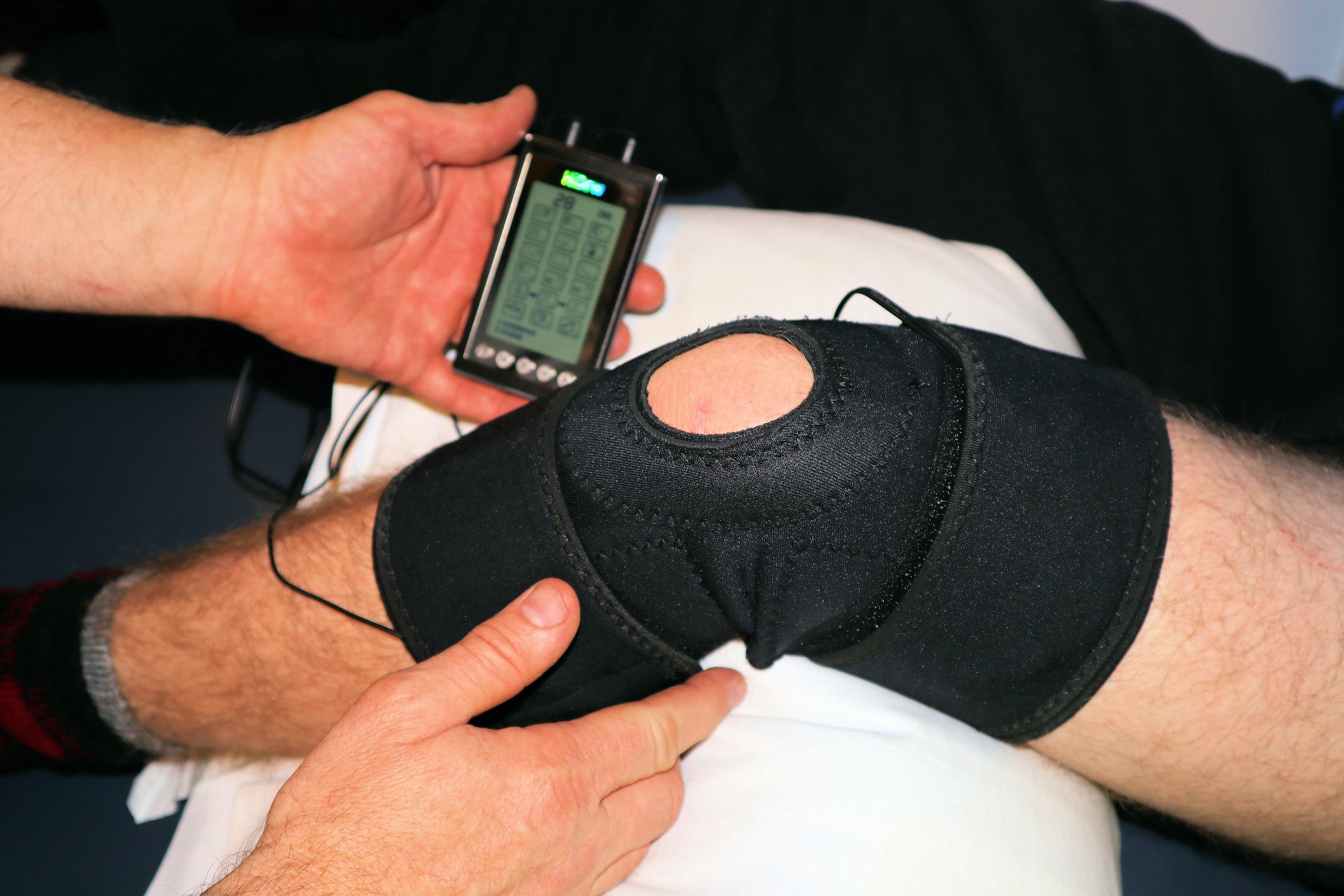Bridge-Enhanced ACL Repair (BEAR): A Game-Changer for Athletes?
Overview of ACL Injuries
If you are an athlete, it is likely that you have heard of or been affected by an injury to the anterior-cruciate ligament (ACL). The ACL is one of the main stabilizers of the knee and is commonly injured during athletic activities involving quick direction changes. ACL injuries vary in severity and are typically classified on a continuum of “sprains” with the most severe sprain indicating a complete tear of the ligament.
The ACL is the most commonly injured ligament in the knee, and it has been estimated that about 200,000 ACL injuries occur in the United States each year. ACL injuries can be treated conservatively with physical therapy or, depending on the severity of the injury and patient preference, surgical intervention may be indicated.
ACL Reconstruction
Of the surgical procedures used to treat ACL injuries, ACL reconstruction (ACLR) is by far the most common with an estimated 100,000 ACLR surgeries occurring each year in the United States. ACLR is widely accepted as the “gold standard” for the treatment of ACL injuries which require surgery. ACLR involves replacing the native torn ACL with a graft. The patellar tendon or one of the hamstring tendons are the most commonly used grafts and can either be harvested from the patient (autograft) or from a deceased donor (allograft).
After the surgery is finished, the graft will now act as the ACL and aide in stabilizing the knee. Patients then require roughly 9-12 months of physical therapy in order to return to their previous level of function and getting back to doing the things that they love!
BEAR
Yes, you read that correctly. BEAR, otherwise known as Bridge-Enhanced ACL Repair, is a relatively new surgical procedure used to treat ACL injuries. Notice that the name includes repair as opposed to reconstruction. Unlike ACLR, BEAR does not require a graft, but rather uses an implant which helps the ACL “heal itself.” The creation of the BEAR implant was inspired by two pivotal findings in ligamental science. The first finding being that the synovial fluid within the knee joint is toxic to the ACL and makes it very difficult for the ACL to form a provisional bridge in the wound site. In other words, it is difficult for the ACL to “grow back together.”
The other finding was that the ACL has the other critical abilities needed for healing to occur. The BEAR implant is composed of extracellular matrix proteins, which is what makes up your body’s connective tissue at the biological level, and measures out at 45 millimeters in length and 22 millimeters in diameter. It is considered the first medical advancement to enable your body to heal its own torn ACL. BEAR is an orthoscopic surgical procedure. First, sutures are added to the two ends of the torn ACL. Next, the surgeon injects the BEAR implant with autologous blood (blood from the patient’s body).
Finally, the BEAR implant is inserted within the knee joint, and the sutures are used to pull both ends of the torn ACL into the implant. The BEAR implant shields the ACL from the toxic synovial fluid and allows the ACL to begin to heal. Within about 8 weeks, the BEAR implant is completely resorbed and is replaced by native cells, collagen, and blood vessels that then strengthens over time. Just like ACLR, patients then require about 9-12 months of physical therapy in order to get back to doing the things that they love. The BEAR implant is currently indicated for those who are 14 years or older with skeletal mature tissue, have a complete rupture of the ACL according to MRI, and can undergo the BEAR procedure within 50 days of tearing the ACL.
Show me the evidence!
Due to BEAR being a relatively new treatment technique, long-term evidence on the effectiveness of the procedure is still lacking. Currently, the most relevant research that has been published on the effectiveness of the procedure comes from a randomized control trial conducted by Murray et al. In this study, 100 patients with complete mid-substance ACL tears were randomized to either BEAR (64 patients) or traditional ACLR (35 patients). The average age of the patients was 19 years old and the vast majority of them were athletes. Authors followed up with the patients at two years post-surgery and gathered the following data.
The authors found that there were no statistically significant differences in patient subjective reports of their knee function and how stable their knee was (measured by a trained clinician) at two years post-op. Furthermore, they found that the BEAR group had stronger hamstring strength than the ACLR at the two year follow up, however strength measurements of other lower extremity muscles were found to have no statically significant differences. In terms of the need for additional surgeries, 9 of the 64 patients (14%) in the BEAR group converted to ACLR due to BEAR implant failure. Of the 9 patients with reported BEAR implant failure, 5 were either non-compliant with physical therapy or brace usage, or returned to sport activities prior to clearance from their physical therapist and surgeon. 2 of the 35 patients (6%) in the ACLR group required a revision. Although numerically higher in the BEAR group, the authors note that they did not find a statistically significant difference in the retear groups when comparing both groups. In conclusion, the authors from this study state that the BEAR is “not-inferior” to autograft ACLR at two-year follow-up.
Another secondary analysis of the previously mentioned study looked at how psychologically ready patients were to return to sport at 6-, 12-, and 24-months post-op. This study was conducted by Sanborn et al., and they used the ACL Return to Sport after Injury (ACL RSI) to assess how psychologically ready patients were to return to sport after their injury. The authors found a statistically significant difference in ACL RSI scores at 6 months post-op in favor of the BEAR group. This means that the patients in the BEAR group were more psychologically ready and confident to return to sport at 6 months in comparison to the patients in the ACLR. The authors did not find any statistically significant differences in the groups at 12 and 24 months post-op.
On the Horizon/My Clinical Takeaways
More research is currently underway. BEAR III is a study which is currently enrolling 250 patients between the ages of 12-80 who had an ACL tear within 50 days of the expected surgery date. All patients in this study will receive the BEAR implant to treat their torn ACLs and outcomes will be assessed. BEAR MOON is a different study which is currently enrolling 200 patients between the ages of 18-55 who had an ACL tear within 50 days of the expected surgery date. In this study, patients will be randomized to either BEAR or ACLR and long-term outcomes will be compared.
Overall, I believe BEAR is a promising procedure. The current lack of long-term evidence leaves me skeptical, however this is usually how all new surgical techniques come about. I look forward to reading new published literature on the topic as it becomes available, and I am optimistic that this may be the beginning of a new reliable treatment of ACL injuries. As always, consult with a healthcare professional to help decide which treatment is best for your ACL injury.
Have an ACL injury? Schedule an evaluation with Trifecta today for a thorough examination by one of our experts in ACL rehabilitation. Walk in strong, run out stronger!
Jayson Jeffries, SPT
Work Cited
1. Evans J, Nielson Jl. Anterior Cruciate Ligament Knee Injuries. [Updated 2022 May 5]. In: StatPearls [Internet]. Treasure Island (FL): StatPearls Publishing; 2022 Jan-. Available from: https://www.ncbi.nlm.nih.gov/books/NBK499848/
2. Csintalan RP, Inacio MC, Funahashi TT. Incidence rate of anterior cruciate ligament reconstructions. Perm J. 2008;12(3):17-21. doi:10.7812/TPP/07-140
3. ACL implant and treatment options: Bear® implant: Miach orthopaedics. ACL Implant and Treatment Options | BEAR® Implant | Miach Orthopaedics. https://miachortho.com/. Accessed November 28, 2022.
4. Murray MM, Fleming BC, Badger GJ, et al. Bridge-Enhanced Anterior Cruciate Ligament Repair Is Not Inferior to Autograft Anterior Cruciate Ligament Reconstruction at 2 Years: Results of a Prospective Randomized Clinical Trial. Am J Sports Med. 2020;48(6):1305-1315. doi:10.1177/0363546520913532
5.Sanborn RM, Badger GJ; BEAR Trial Team, et al. Psychological Readiness to Return to Sport at 6 Months Is Higher After Bridge-Enhanced ACL Restoration Than Autograft ACL Reconstruction: Results of a Prospective Randomized Clinical Trial. Orthop J Sports Med. 2022;10(2):23259671211070542. Published 2022 Feb 9. doi:10.1177/23259671211070542






